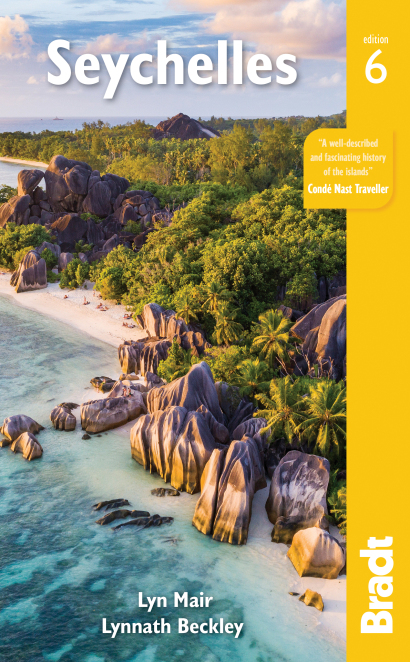It has been well documented that the Seychelles, isolated in the crystal-clear, equatorial waters of the Indian Ocean, provides a superb destination for those seeking sun, sea and sand. However, the islands, with their unique biodiversity, afford discerning visitors a whole lot more.
In fact, the fantastic scenery and abundant wildlife opportunities are increasingly attracting ecotourists to the sun-kissed archipelago. Entire islands have been set aside as protected reserves and there are marine parks as well as mountain and forest reserves for the nature lover to explore.
Morne Seychellois National Park, Mahé
Located on Mahé, the archipelago’s largest island, the Morne Seychellois National Park is a joy to explore on foot. As it can become extremely hot around midday it is best to go early in the morning to experience the mosses and mists of this high-altitude tropical forest.
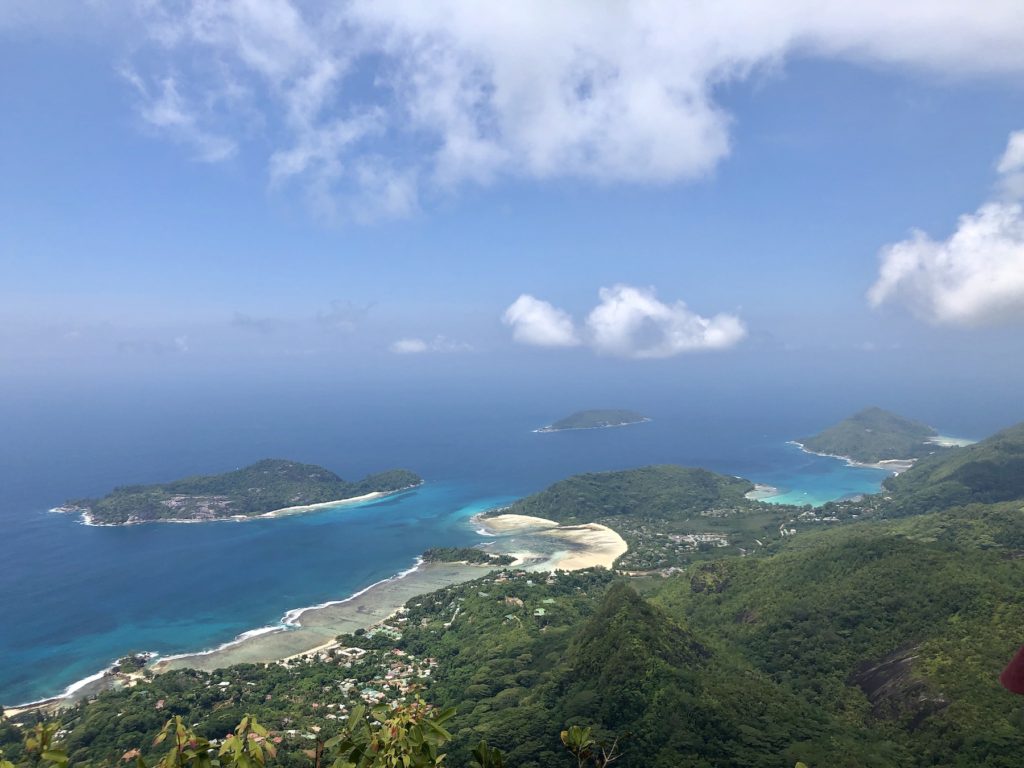
The tall trees that dominate this landscape are a mixture of indigenous takamaka and bwa rouz, with introduced cinnamon, mahogany, bwa zonn and the feathery-leaved, flat-crowned albizia. Vines creep up many of the trees which serves to complete the atmospheric scene. Closer to the ground, visitors can search for bizarre pitcher plants, endemic jellyfish trees and the tiny Sooglossus frogs.
If you’re serious about birdwatching, this area is known for its Seychelles white-eye and the scops owl, although both are notoriously difficult to locate. It is a good idea to hire a local guide if you are serious about seeing these birds.
Vev Reserve, La Digue
Vev is the Creole name for the black paradise flycatcher, and this special reserve has been established as a safe haven for these endemic birds. The Royal Society for Nature Conservation established the 21ha reserve on La Digue in 1987 for the protection of this single species.
From the entrance, a short, flat path leads to the interior of the reserve. The forest consists mainly of takamaka and badamier trees. Listen for the whistling calls of the flycatchers as they flit among the trees, and see if you can spot a delicate nest of soft lichens and leaves bound together with spiderwebs gently swaying at the end of a branch.
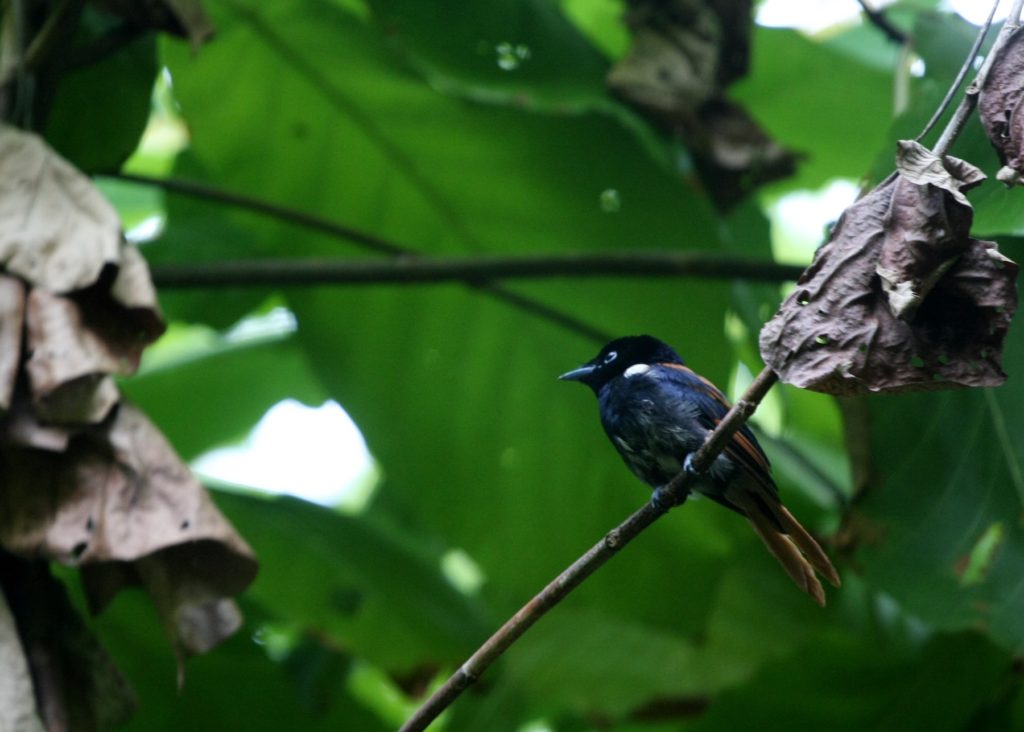
A walk through the reserve will take about 30 minutes but you may want to spend more time observing the fabulous flycatchers. Recent counts have indicated an increase in the number of birds in the reserve, possibly because of the ongoing removal of habitat elsewhere on the island.
Cousin Island Special Reserve
Located in a marine protected area, this small 27ha granitic island, encircled by a coral reef, is a conservation success story. Like many other granitic islands, most of its natural vegetation was cleared to make way for the production of copra and some cotton, thus almost eliminating the endemic birds and plants.
However, in the early 1960s, when a bird count revealed only 29 Seychelles warblers left in the entire world, the World Wildlife Fund collected enough money to purchase Cousin for the Royal Society for Nature Conservation as a sanctuary for birds and other animals.
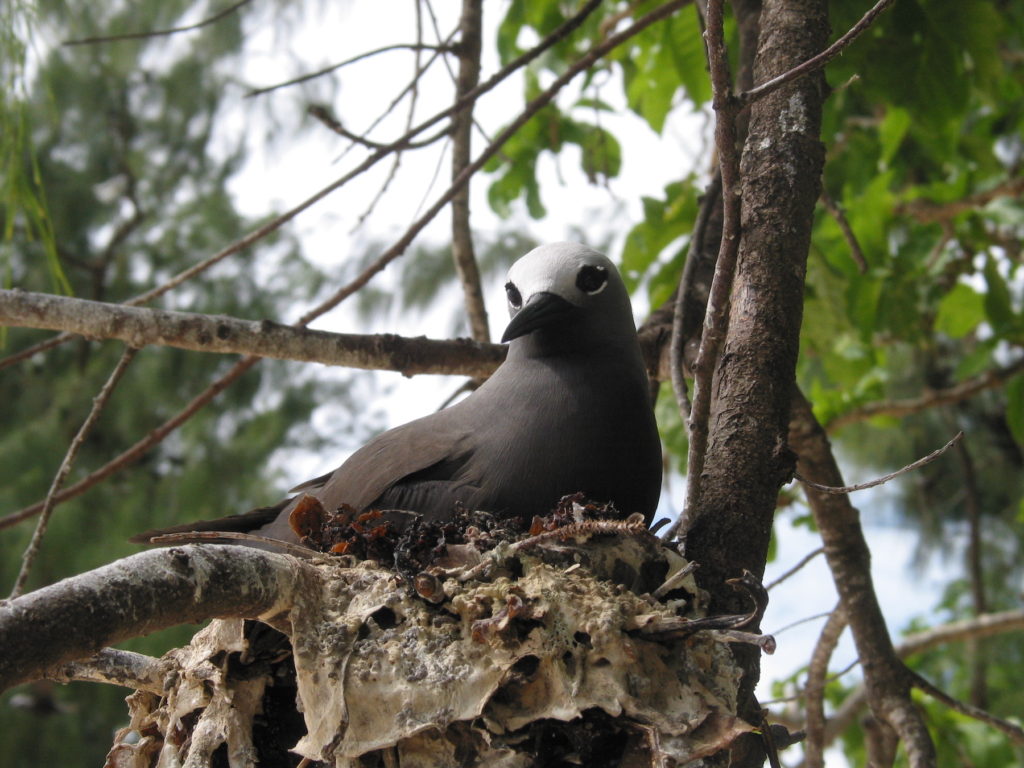
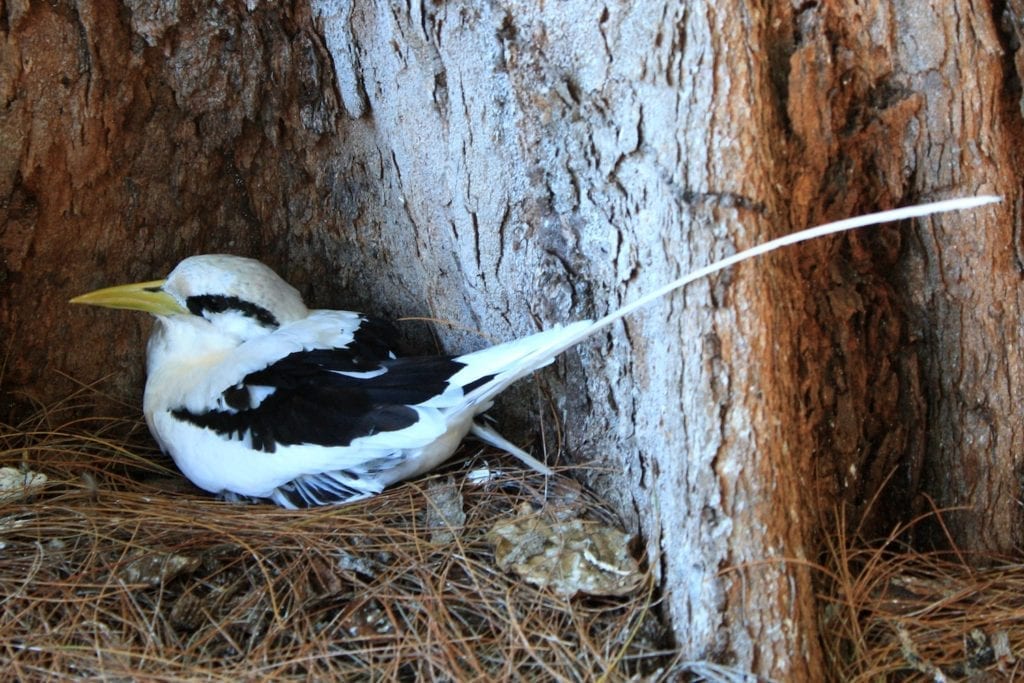
The island was further protected when it was declared a Special Reserve by the Seychelles government in 1974. As the natural vegetation was restored, the numbers of Seychelles warblers increased dramatically.
Knowledgeable and informative guides will accompany you around Cousin on the wide paths. White-tailed tropicbirds and their unguarded, fat, speckled chicks are easily seen on the ground near the trails, usually close to a tree trunk or rocky boulder. Lesser noddies nest in huge numbers – there are up to 80,000 pairs on the small island.
Cousine Island Nature Reserve
Lying just 6km off the west coast of Praslin, this privately owned island nature reserve covers an area of 25ha and is the sister island to Cousin. A conservation team manages it, and their mission is ‘to promote and practise nature conservation and our aim is to share this philosophy with our guests’. All profits from tourism are put directly back into conservation efforts on the island.
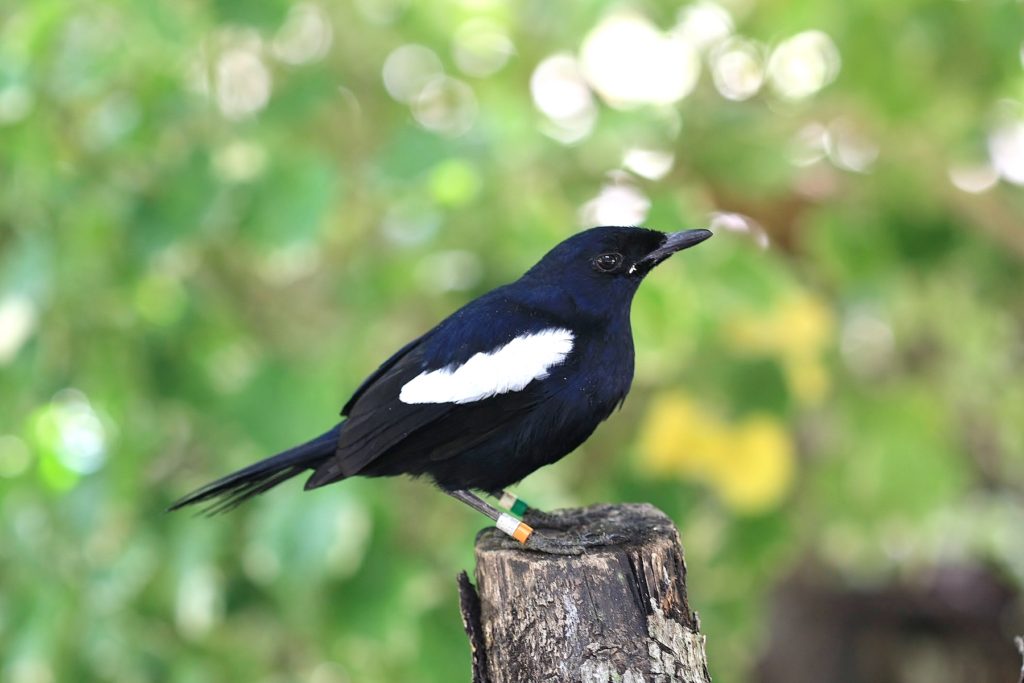
The conservation officer is available to take guests around and explain the interesting aspects of the island. Magpie robins have been successfully relocated to Cousine and there are 39 individuals here. The Seychelles warbler is also abundant, and this is one of the three islands where the Seychelles fody can be found.
In 2007, 20 endangered Seychelles white-eyes were relocated to Cousine from Conception Island, and they appear to have settled into their new home quite happily. Other endemic birds are the blue pigeon and the Seychelles sunbird. Breeding seabirds include white fairy terns, tropicbirds, noddies and shearwaters.
Moyenne Island National Park
This 9ha island is the smallest national park in the Seychelles and is also one of six islands located in the middle of the Ste Anne Marine National Park, the others being Ste Anne, Cerf, Long, Round and Île Cachée. Day trips to Moyenne from nearby Mahé can easily be arranged, either through any of the tour operators or hotels.
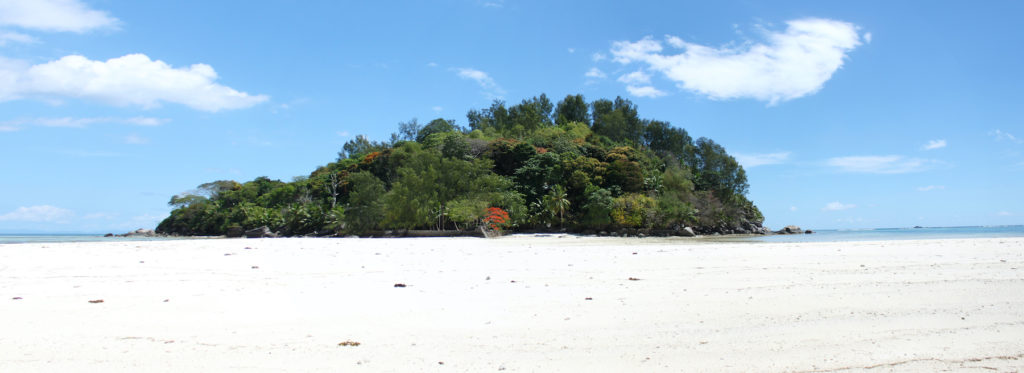
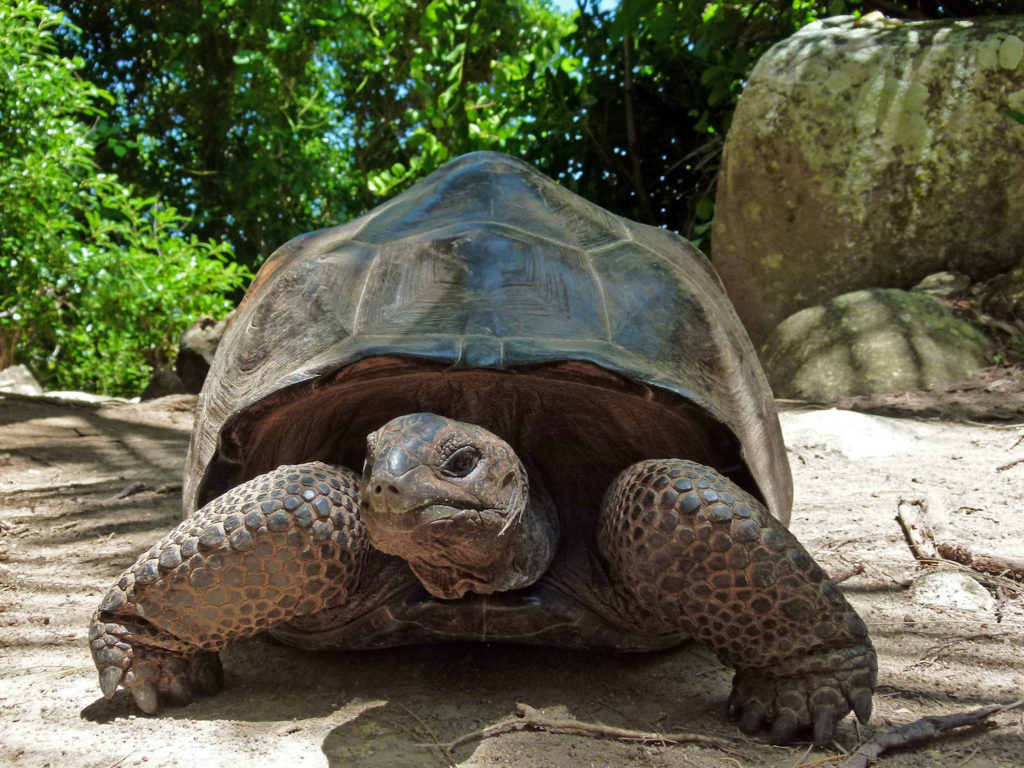
In 1971 Brendon Grimshaw, a retired newspaper editor, bought Moyenne. Until this point, it had been deserted for 60 years. It took Grimshaw nearly a year to clear a path around the island, and he subsequently re-established many indigenous trees and shrubs, including Wright’s gardenia and the coco de mer.
The birdlife has since flourished and a hundred giant Aldabra tortoises can also be found under the shady bushes. Moreover, if you’re keen to discover the marine delights of the Seychelles, the channel between the northern side of the island and neighbouring Ste Anne is a prime snorkelling spot.
Aride Island Nature Reserve
This special nature reserve is the most northerly of the granitic islands, lying 10km north of Praslin. Only 1,500m long and a little more than 500m wide, Aride has majestic granite cliffs rising steeply from the shoreline to the highest point, Gros la Tête, 134m above sea level. A series of well-marked paths lead from the landing beach to the interior of the island, and Seychellois guides, informative and conversant in English, French and Creole, must accompany the visitors.
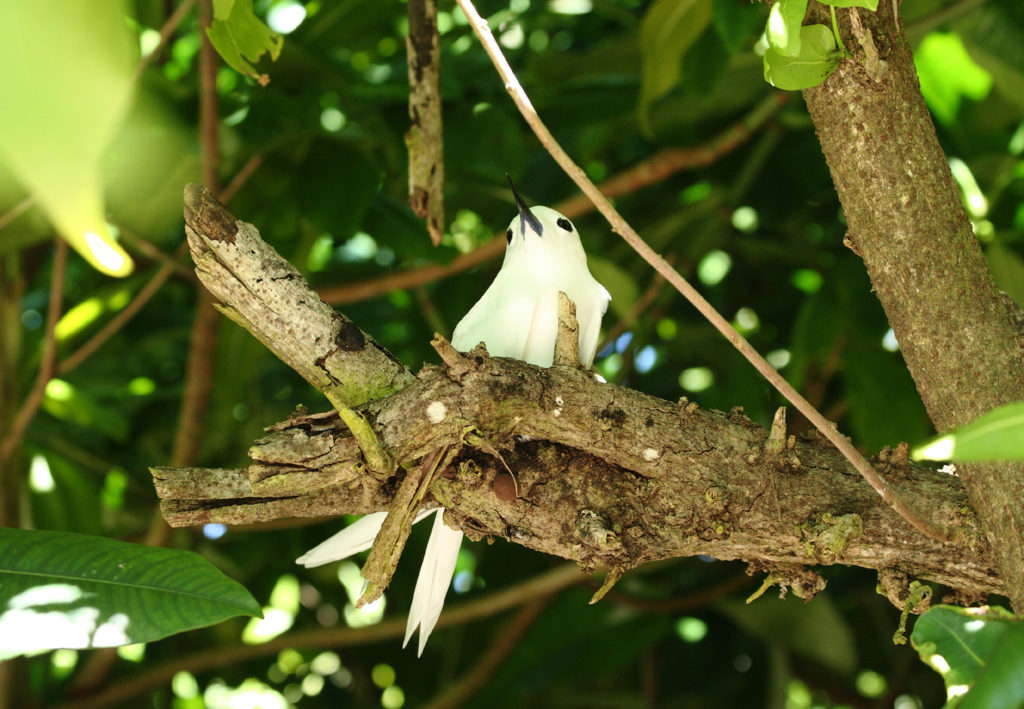
In the western Indian Ocean, Aride is second only to Aldabra in its importance as a seabird breeding colony with about 1.25 million seabirds nesting on the island, including sooty terns, brown noddies white fairy terns, tropical shearwaters and wedge-tail shearwaters.
Aride is also a good spot for migrant birds. A wide variety, ranging from waders to unexpected species like the Jacobin cuckoo, Antarctic skua, Eleanora’s falcon and even a hobby, have been recorded. Turnstones, common sandpipers and whimbrels frequent the shoreline and spotted flycatchers are seen among the trees from time to time.
Valleé de Mai, Praslin
Located within Praslin National Park, the small 20ha forest is one of two UNESCO World Heritage Sites found in the Seychelles, the other being Aldabra. Navigating the reserve is an easy task as the paths are clearly marked and well-maintained, albeit a little steep in places. It’s advised that you set aside three hours to complete the full north-to-south circular route as this allows you plenty of time to take in the Valleé de Mai’s extraordinary biodiversity.
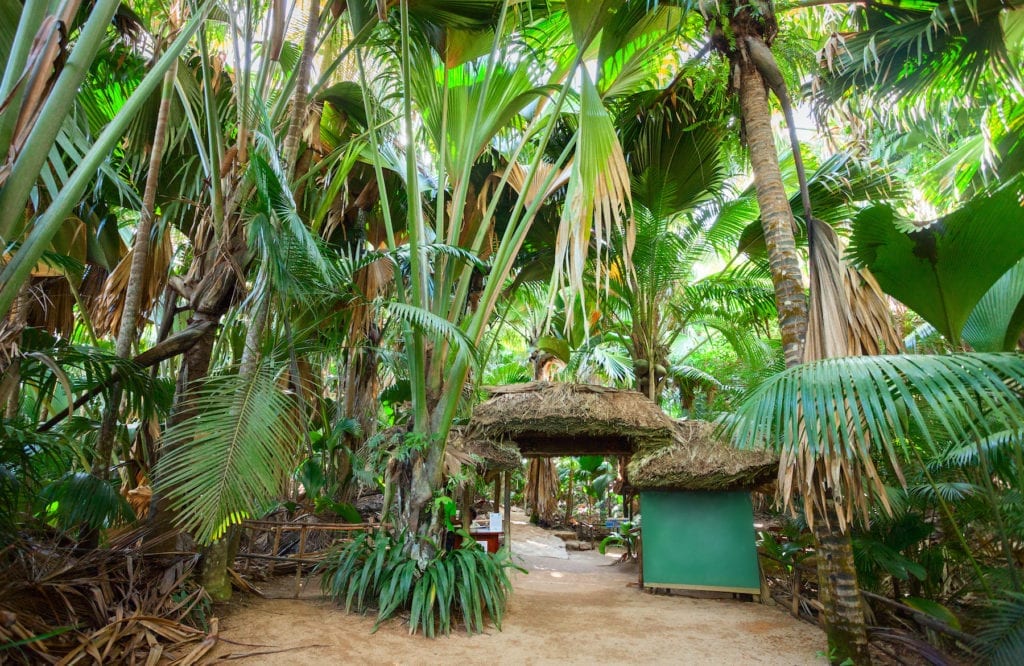
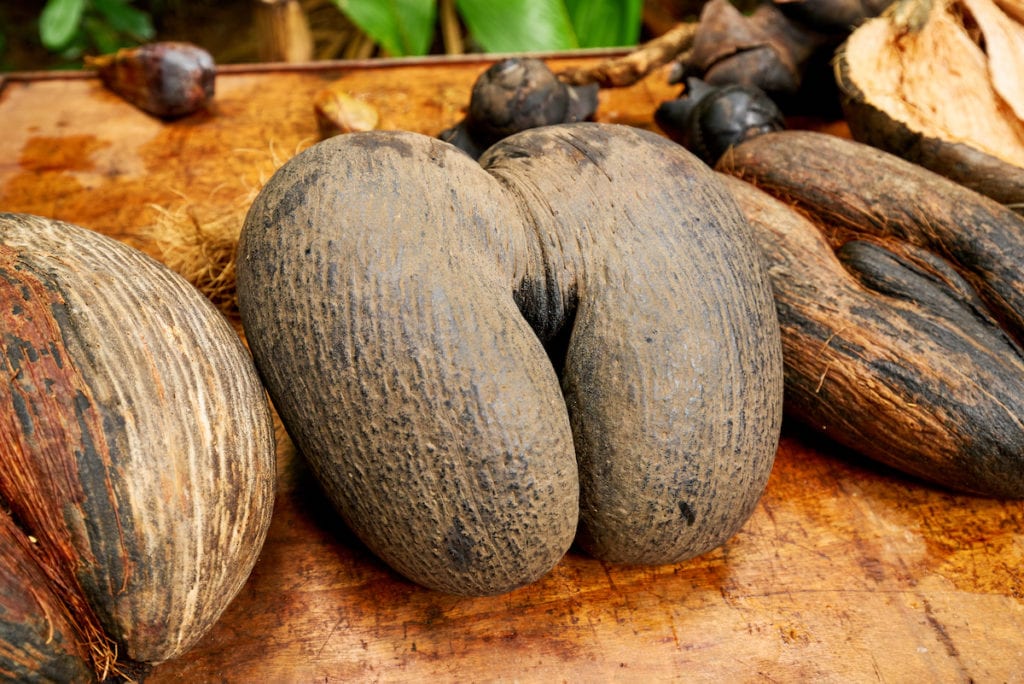
The palpable silence of the forest is likely to be broken by the friendly chattering of Seychelles bulbuls and, if you are lucky, by the noisy whistling calls of the enigmatic black parrot. If there is a breeze, the other noise will be the clashing of the huge leaves of the endemic coco de mer plams, of which there are 4,000. In fact, all six species of palms endemic to the Seychelles grow in the reserve but the tall, erect coco de mer is the most spectacular, towering above them all.
Walking along the paths, you have to be very observant to see some of the small creatures that dwell in this remarkable palm forest. The bright green tree frogs usually rest flattened against palm leaves, and you often see their shadows at eye level on the underside of the leaf. It is a good idea to use binoculars to examine the male catkins of the coco de mer as both the chunky bronze-eyed geckos and the slender green geckos are often seen amongst the flowers.
Bird Island
Bird, as its name implies, is for the birds, and they are the main tourist attraction. About 800,000 pairs of sooty terns breed here during the southeasterly trade wind season and their colony can be found at the northern end of the island. A small raised platform has been built near the nesting ground which enables guests to have a good view without disturbing the birds.
Other species include large numbers of lesser and brown noddies, both of which are quite fearless and take no notice of visitors. This is the best place to see these two easily confused species close up. White fairy terns are also in abundance and many waders frequent the beautiful beaches.

Besides the birds, 24 giant Aldabra tortoises can be found roaming the island. In fact, the largest tortoise in the world, Esmeralda, lives here. When he was weighed in 1980 by the Royal Zoological Society, he broke the scales at 303kg!
In addition, both hawksbill and green turtles use the sandy beaches for their nests. As many as 13,000 tiny turtle hatchlings can emerge in one season and it’s a special treat for guests to glimpse them making their way to the open ocean.
Aldabra
This World Heritage Site is best known as one of only two places in the world where giant tortoises still occur naturally, the other being the Galápagos Islands in the Pacific. In the noonday sun, they will hide under the buildings and in the dense vegetation around the atoll’s settlement. If they do not reach shade in time they stand the very real danger of quietly baking in their shells. The bleached, white carapaces seen in the more remote areas are testimony to those that succumbed in this way.
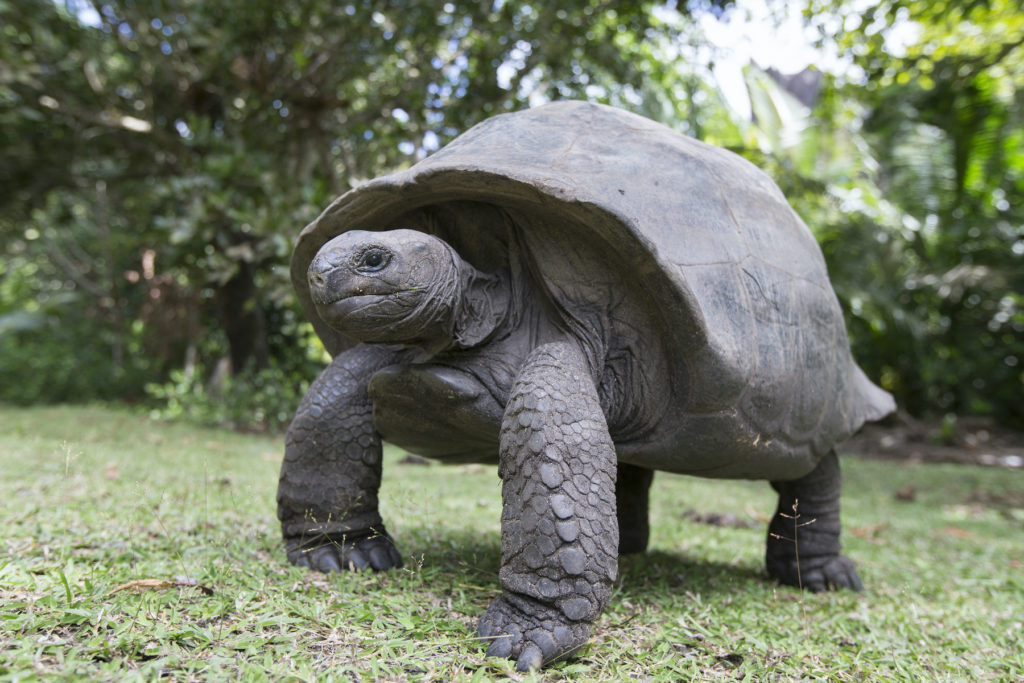
Birdwatching is a delight on Aldabra and the great colonies of nesting frigatebirds and red-footed boobies are particularly spectacular. An estimated 10,000 pairs of greater and lesser frigatebirds nest in the canopy of the mangroves lining the shores of the inner lagoon. The frigates, with their long, angular wings and deeply forked tails, are true masters of the air and, besides scooping their food from the surface of the water, they will harass any unsuspecting bird, chiefly the boobies.
From August to October, humpback whales can be seen around Aldabra as they migrate from their feeding grounds in the cold Southern Ocean to calve in warm tropical waters. Huge pods of spinner dolphins regularly frolic in the surging waves just off the reef. It is a remarkable sight as they leap clear out of the water and perform acrobatic aerial twists.
More information
Eager to start planning your trip? Check out our comprehensive guide:
